
Blog
True love for great sound unites us.
Blog
True love for great sound unites us.
In this blog, you’ll learn why you need a multi-pattern microphone and when it makes sense to use one. You'll also learn how the microphone creates different polar patterns with the help of a dual-diaphragm capsule.
What’s a multipattern microphone? As the name indicates, it features multiple polar patterns.
Usually, these mics feature a dual-diaphragm capsule like this one.
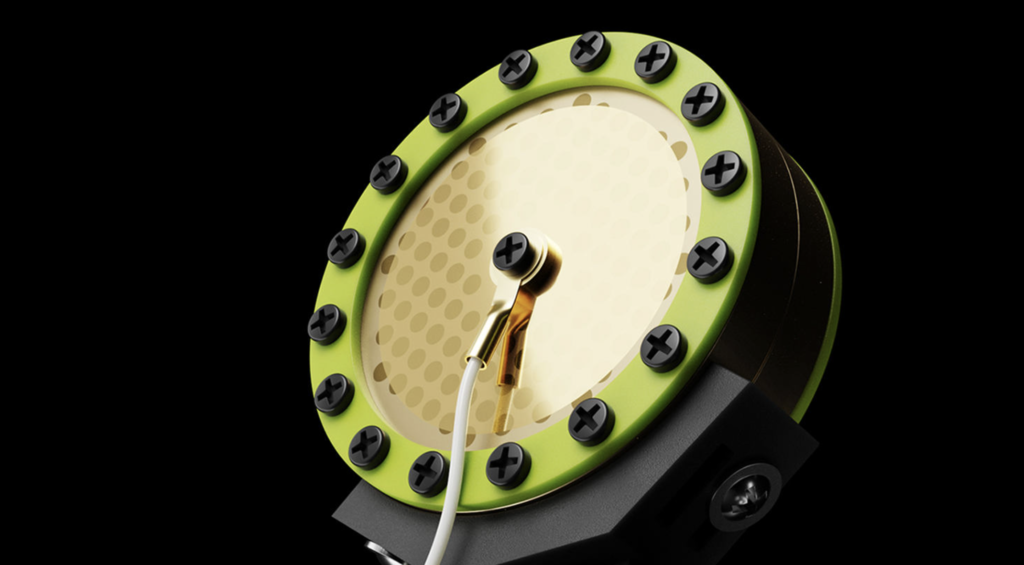
You probably already know that a polar pattern describes the on and off-axis frequency response of a microphone, but if you’re new to polar patterns you might want to check out this blog here.
Multipattern microphones often feature a combination of these polar patterns: Omni, Wide cardioid aka Broad cardioid aka. Subcardioid, Cardioid, Supercardioid, Hypercardioid, and Figure-8.
Changing the polar pattern alters the frequency responses in most cases, so they also give you different sound characteristics. The most obvious thing is that they all pick up different amounts of sounds from different directions.

Different polar patterns can give you different sound characteristics, but most importantly they have different directionalities.
These things combined make a multi-pattern microphone:
The first dual-diaphragm microphone was invented by Von Braummuhl and Weber in the 1930’s. There have been many different attempts to create a multipattern microphone and there is and has been a variety of different designs that realize multipattern functionality.
Some interesting designs include:
Nowadays, the most common way to realize multipattern functionality is to use a dual-diaphragm capsule.
You have a cardioid on the front and on the back. If you polarize one of them, you’ll get a cardioid, obviously.
And if you polarize both sides, the two cardioids add up and you’ll get an omni pattern. But how can one create all the other patterns from the two cardioids? Let’s check.
Let’s start with the omni pattern.
Since we have the two cardioids from the dual-diaphragm capsule, we just add the two to get our omni pattern.


For the wide cardioid, we reduce the sensitivity of one of the diaphragms, for example by adjusting the polarization voltage internally.
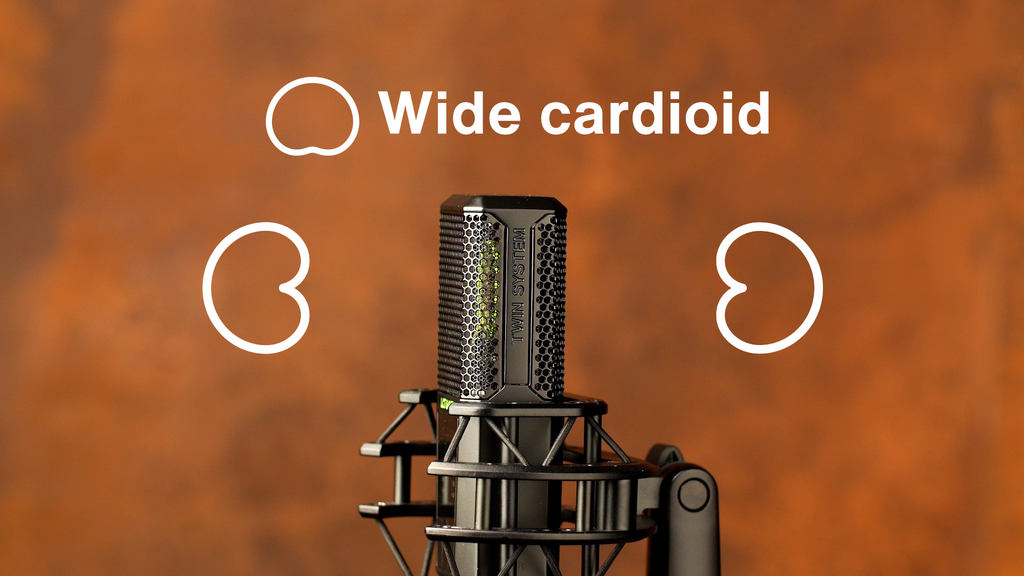
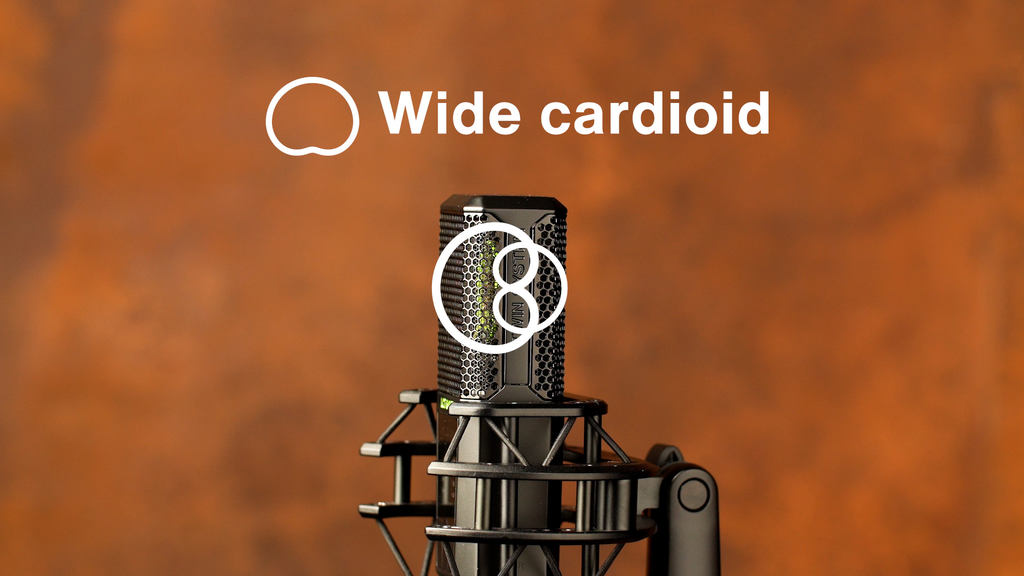
To get the cardioid pattern, we simply use only one of the two diaphragms.
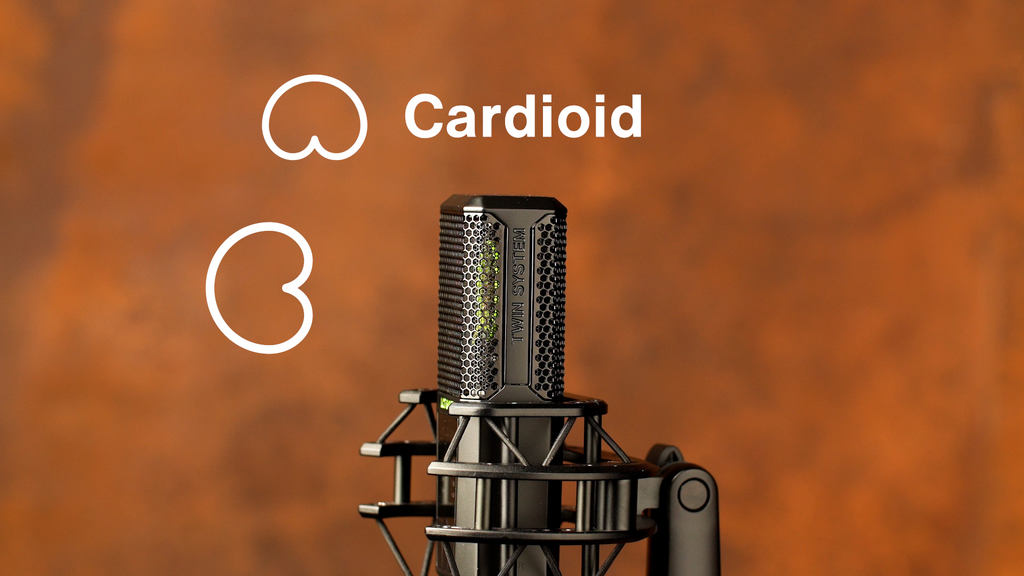
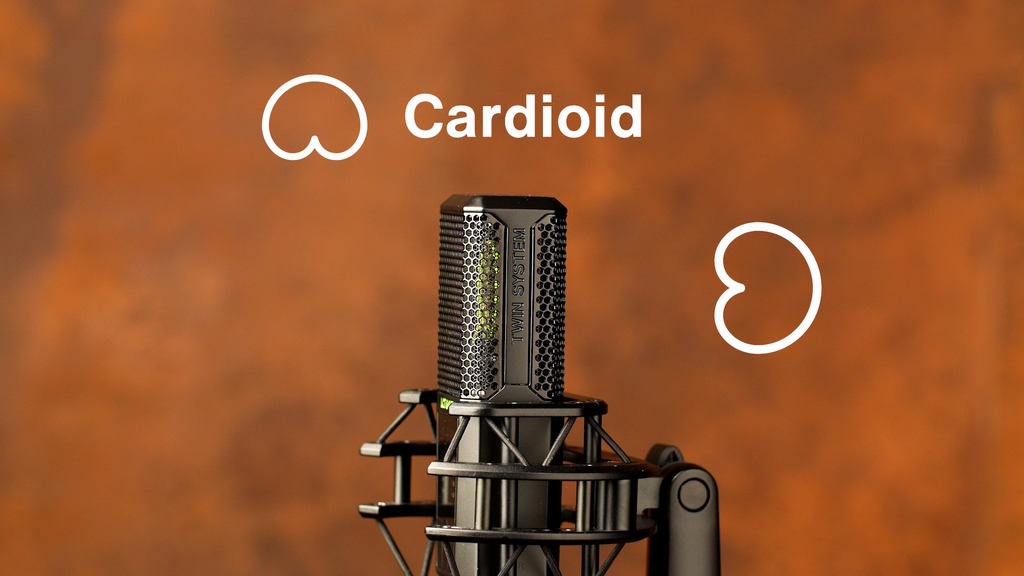
This next one is a bit more exciting. To create the Figure-8 pattern, we turn the phase of one of the signals by 180°. This removes everything that comes from the sides of the signal and what you get is the classic figure-8 pattern.


Supercardioid takes the figure-8 pattern and reduces the sensitivity of one of the two sides.
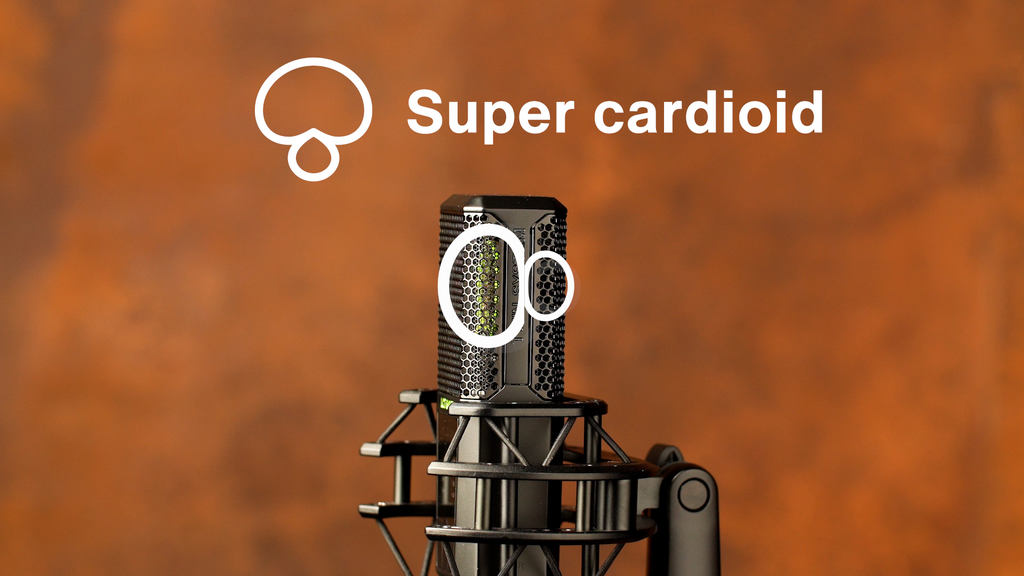
If you're interested in our multi-pattern microphones here are some of our best-sellers.
It is essential to know polar patterns to get the perfect recording out of your microphone. If you're interested further in this topic, we'll recommend reading this blog here: 5 polar patterns explained
If you have any further questions, drop us a message.